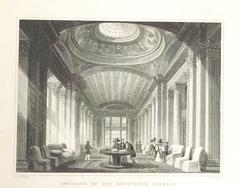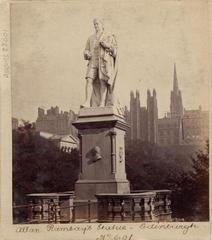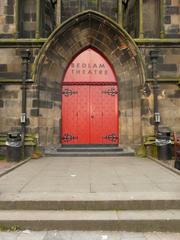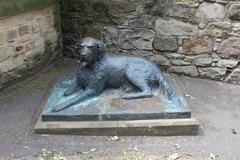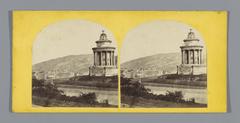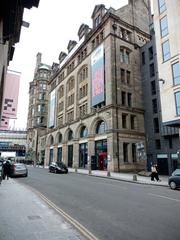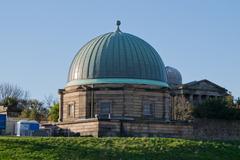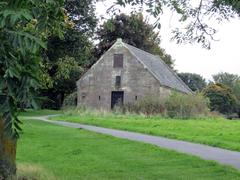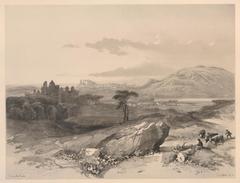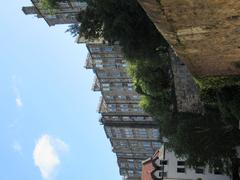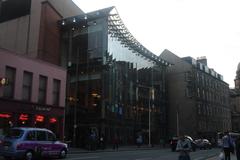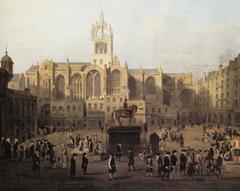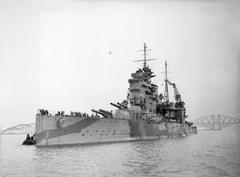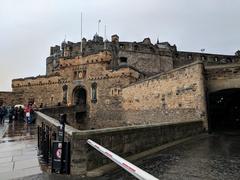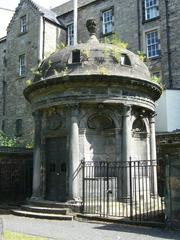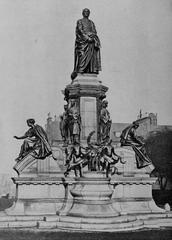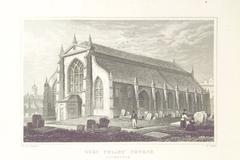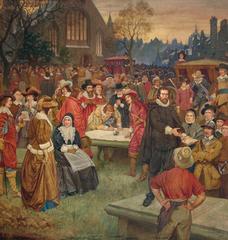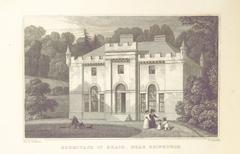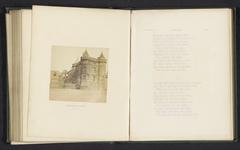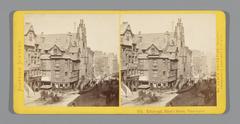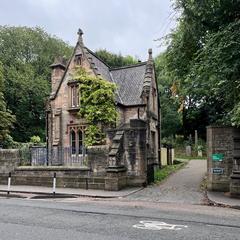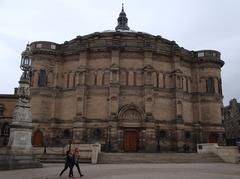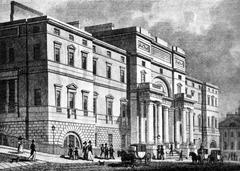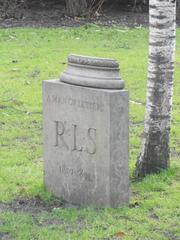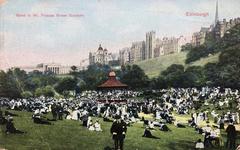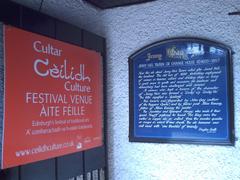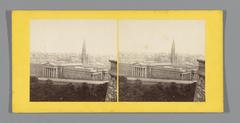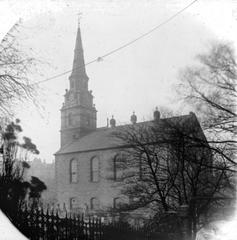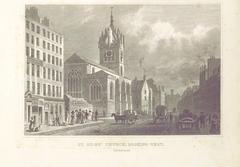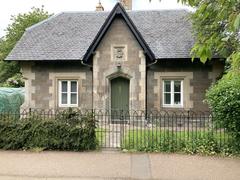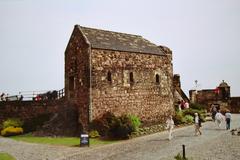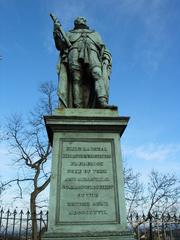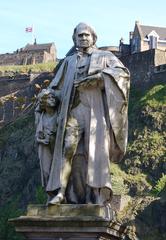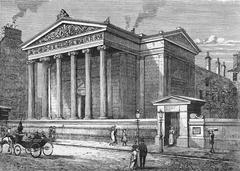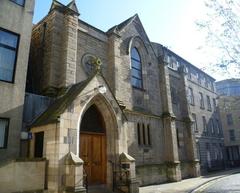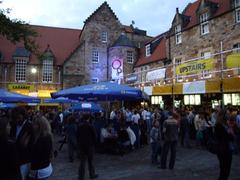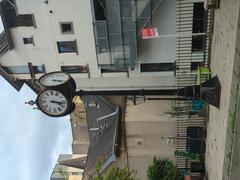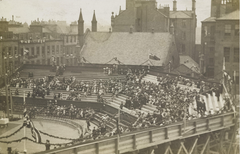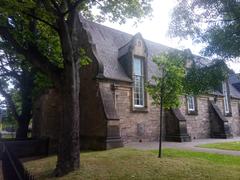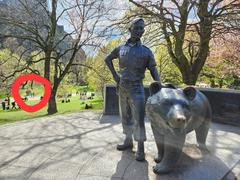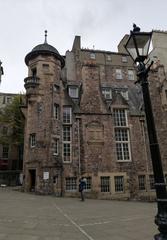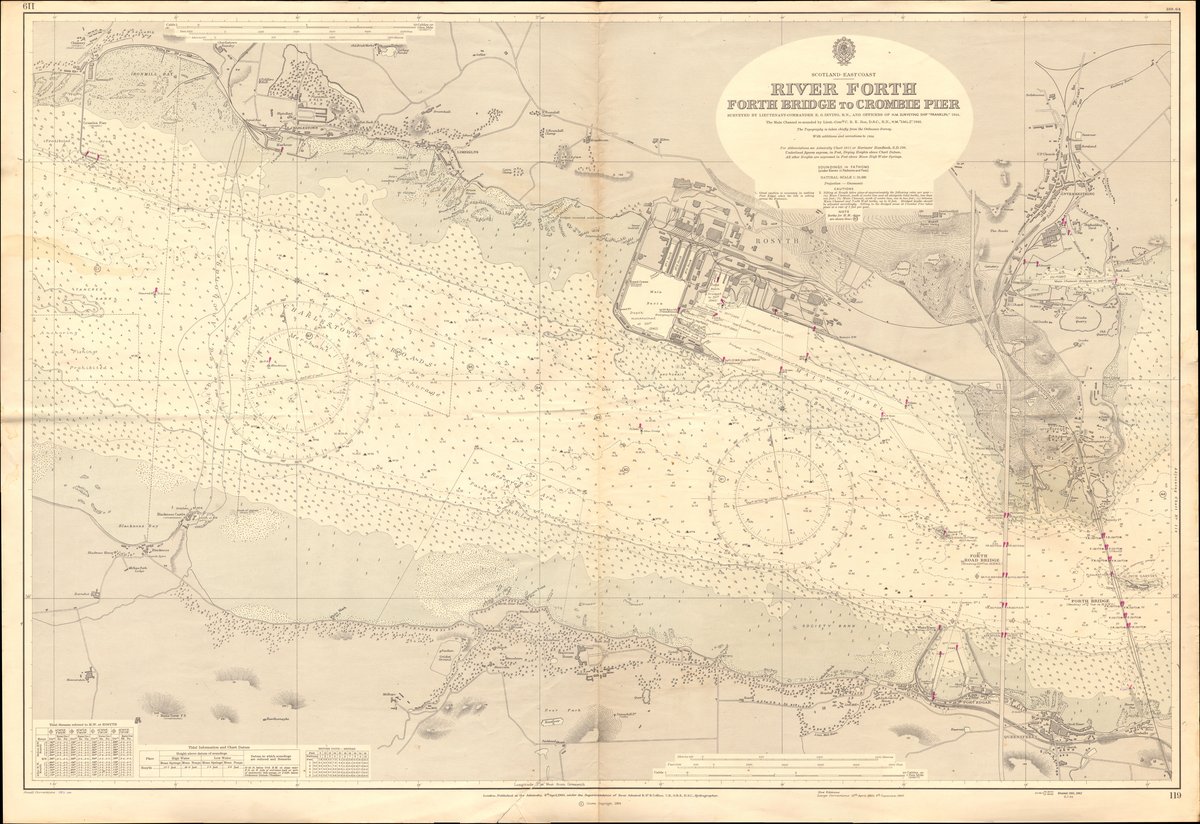
Comprehensive Guide to Visiting Forth Road Bridge, Edinburgh, United Kingdom
Date: 31/07/2024
Introduction
The Forth Road Bridge stands as an engineering marvel and a crucial transportation link that has shaped Scotland’s infrastructure since its opening in 1964. Connecting Edinburgh to the northern regions of Scotland, the bridge is not only an iconic structure but also a testament to human ingenuity and progress. The bridge’s historical significance, coupled with its stunning views and accessibility for pedestrians and cyclists, makes it a must-visit destination for both locals and tourists. This comprehensive guide aims to provide detailed insights into the history, visitor information, and practical tips for exploring the Forth Road Bridge, ensuring that your visit is both informative and enjoyable. (The Forth Bridges, Edinburgh Museums)
Table of Contents
- Introduction
- History of the Forth Road Bridge
- Maintenance and Upgrades
- The Forth Road Bridge Today
- Visiting the Forth Road Bridge
- Frequently Asked Questions (FAQ)
- Conclusion
History of the Forth Road Bridge
Early Conception and Planning
The idea of constructing a bridge over the Firth of Forth dates back to the early 19th century. The need for a reliable crossing became evident due to the increasing traffic between Edinburgh and the northern regions of Scotland. Initial proposals were made in the 1800s, but it wasn’t until the mid-20th century that serious planning began. The Forth Road Bridge was conceived as a solution to the limitations of the existing ferry services and the Forth Bridge, which was primarily for rail traffic.
Construction and Engineering Feats
Construction of the Forth Road Bridge began in 1958 and was completed in 1964. The bridge was officially opened by Queen Elizabeth II on September 4, 1964. At the time of its completion, it was the longest suspension bridge outside the United States and the fourth longest in the world, with a main span of 1,006 meters (3,300 feet).
The bridge’s construction was a significant engineering achievement. It involved the use of 39,000 tonnes of steel and 115,000 cubic meters of concrete. The two main towers, each standing 156 meters (512 feet) tall, were constructed using a combination of steel and concrete. The bridge’s cables, which support the main span, were made from high-tensile steel wire and have a total length of 48 kilometers (30 miles).
Historical Significance
The Forth Road Bridge holds a special place in the history of Scottish infrastructure. It was a symbol of post-war optimism and progress, representing a significant investment in the nation’s transportation network. The bridge facilitated economic growth by improving connectivity between Edinburgh and the northern regions of Scotland, including Fife and beyond. The bridge also played a crucial role in the development of the surrounding areas, leading to increased residential and commercial development.
Maintenance and Upgrades
Over the years, the Forth Road Bridge has undergone several maintenance and upgrade projects to ensure its continued safety and functionality. In the 1990s, significant work was carried out to replace the bridge’s main cables, which had shown signs of corrosion. This project involved the installation of a dehumidification system to protect the new cables from future corrosion.
In 2015, the Forth Road Bridge was temporarily closed due to structural issues, highlighting the ongoing challenges of maintaining such a large and complex structure. The closure led to the acceleration of the construction of the Queensferry Crossing, a new bridge designed to complement the Forth Road Bridge and provide additional capacity for road traffic.
The Forth Road Bridge Today
Today, the Forth Road Bridge remains an iconic structure and a vital part of Scotland’s transportation network. While the Queensferry Crossing now handles the majority of road traffic, the Forth Road Bridge continues to serve as a key route for public transport, pedestrians, and cyclists. The bridge’s historical and engineering significance has been recognized through its designation as a Category A listed building, ensuring its preservation for future generations.
Visiting the Forth Road Bridge
Practical Information for Visitors
- Location: The Forth Road Bridge is located approximately 14 kilometers (9 miles) northwest of Edinburgh city center. It can be accessed via the A90 road.
- Parking: Parking facilities are available at both the South Queensferry and North Queensferry ends of the bridge.
- Public Transport: The bridge is well-served by public transport, with regular bus services connecting Edinburgh with South Queensferry and North Queensferry.
- Walking and Cycling: The bridge has dedicated pedestrian and cycle paths, allowing visitors to cross on foot or by bike.
- Guided Tours: Guided tours are available, offering a unique opportunity to learn about the bridge’s history and construction. Advance booking is recommended.
- Nearby Attractions: In addition to the Forth Road Bridge, visitors can explore the nearby Queensferry Crossing and the historic town of South Queensferry, which offers a range of shops, restaurants, and attractions.
Travel Tips and Special Events
- Best Time to Visit: The best time to visit the Forth Road Bridge is during the summer months when the weather is more favorable for walking and cycling.
- Photography Spots: Some of the best spots for photographing the bridge include the viewpoints at South Queensferry and North Queensferry. Early morning and late afternoon provide the best lighting conditions.
- Special Events: Throughout the year, various events and activities are organized around the Forth Road Bridge, including charity walks, cycling events, and historical reenactments. Check the official website for the latest updates on upcoming events.
Frequently Asked Questions (FAQ)
-
What are the visiting hours for the Forth Road Bridge? The Forth Road Bridge is open to pedestrians and cyclists 24/7, although guided tours have specific timings.
-
How much are tickets to the Forth Road Bridge? There is no fee for walking or cycling across the bridge. Guided tours may have a fee, and it is recommended to check the official website for pricing details.
-
Are there guided tours available at the Forth Road Bridge? Yes, guided tours are available and offer a unique opportunity to learn about the bridge’s history and construction. Advance booking is recommended.
Conclusion
The Forth Road Bridge is not just a vital transportation link but also a historical and engineering landmark. Whether you’re interested in its history, engineering feats, or simply want to enjoy the stunning views, the bridge offers something for everyone. Plan your visit today and explore one of Scotland’s most iconic structures. For more information on visiting the Forth Road Bridge, including details on guided tours and parking, visit the official website.
References
- The Forth Bridges. (2024). https://www.theforthbridges.org/
- Edinburgh Museums. (2024). https://www.edinburghmuseums.org.uk/whats-on/forth-bridge
- Lost in Landmarks. (2024). https://lostinlandmarks.com/the-forth-bridges-how-to-get-there-from-edinburgh/
- The Courier. (2024). https://www.thecourier.co.uk/fp/news/fife/5040764/forth-road-bridge-doors-opens-days-tours/


